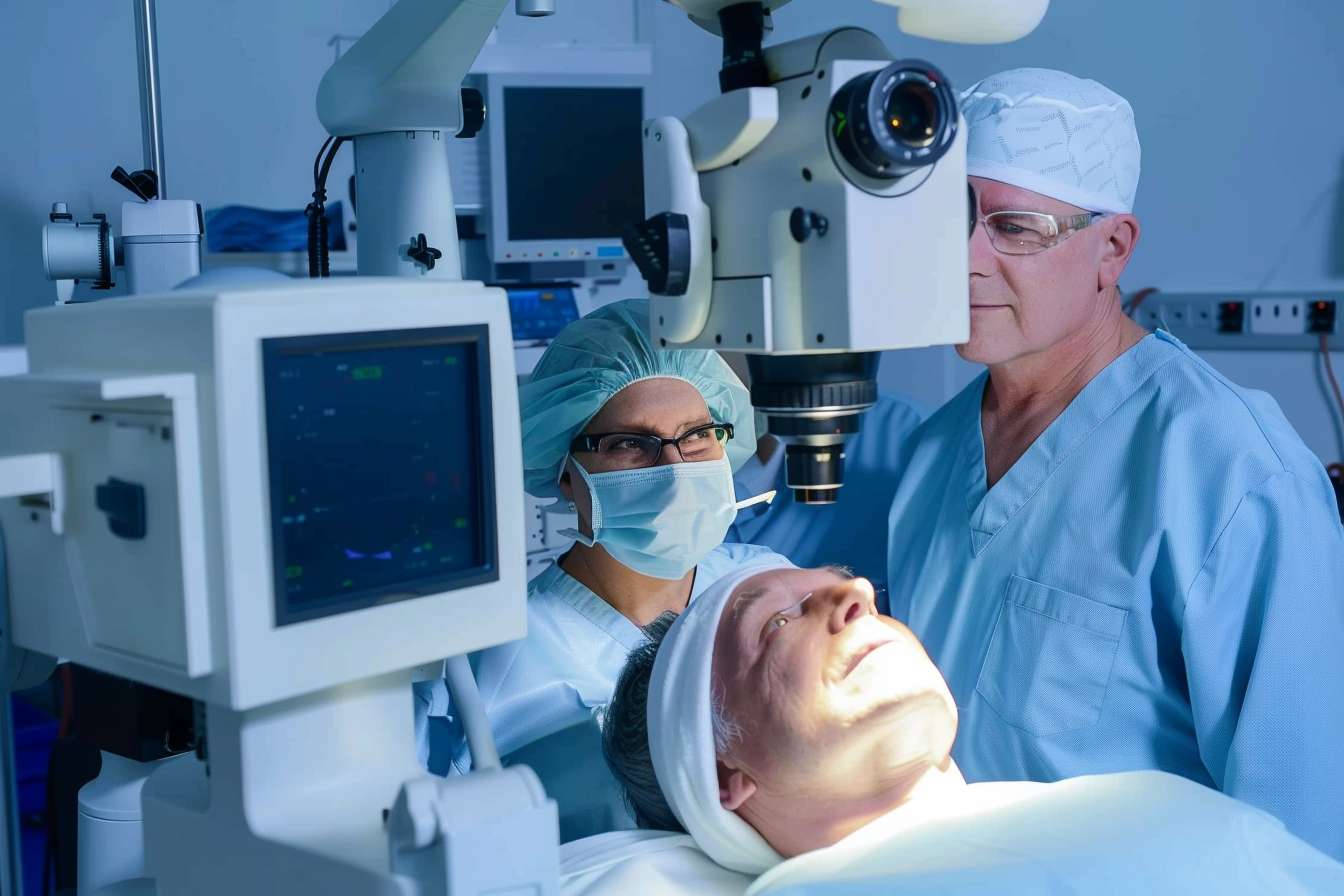Aneurysm Treatment: Procedures, Technology, and Care
An aneurysm is a weakened, bulging area in a blood vessel that can occur in the brain, aorta, or elsewhere. Treatment aims to prevent rupture or to repair a ruptured blood vessel while minimizing neurological or systemic harm. Options range from careful monitoring and medication to minimally invasive endovascular procedures or open surgery. Decisions are individualized based on aneurysm size, location, patient health, and available resources, and they rely on coordinated care from specialists and appropriate medical infrastructure.

This article is for informational purposes only and should not be considered medical advice. Please consult a qualified healthcare professional for personalized guidance and treatment.
What does the surgical procedure for an aneurysm involve?
Surgical approaches generally divide into open surgical procedures and endovascular techniques. Open surgical clipping requires a craniotomy for intracranial aneurysms: the neurosurgeon exposes the aneurysm and places a titanium clip across its neck to stop blood flow into the sac. Endovascular procedures use catheter-based access, typically via the femoral or radial artery, to deliver coils, stents, or flow-diverting devices into the aneurysm under fluoroscopic guidance. Each surgical procedure carries specific risks and benefits; choice depends on aneurysm morphology, patient factors, and the expertise of the treating teams.
How does medical technology change treatment options?
Recent advances in medical technology have expanded treatment alternatives and improved procedural precision. High-resolution CT angiography and MRI angiography allow noninvasive mapping of vascular anatomy. Digital subtraction angiography remains the gold standard for detailed vessel imaging and procedural planning. Devices such as detachable coils, conformable stents, and flow diverters have enabled treatment of aneurysms once considered inoperable. Intraoperative imaging and neurophysiological monitoring help reduce complications by providing real-time feedback about blood flow and brain function during intervention.
What happens in the operating room during repair?
The operating room for aneurysm repair is a controlled environment with specialized layout and equipment. For open clipping, the operating room setup includes an operating microscope, microsurgical instruments, and neuronavigation systems. For endovascular procedures, a hybrid or angiography suite with biplane fluoroscopy and vascular access tools is used. Anesthesia teams manage hemodynamics and neuroprotective strategies. Maintaining sterility, coordinating imaging, and rapid communication among staff are essential to reduce complications and optimize outcomes during these time-sensitive procedures.
Who makes up the medical team for aneurysm care?
A multidisciplinary medical team typically manages aneurysm patients. Core members include neurosurgeons and interventional neuroradiologists or endovascular neurosurgeons who plan and perform the intervention. Anesthesiologists provide intraoperative and perioperative care. Neurocritical care specialists manage patients after rupture or complex procedures. Operating room nurses, radiology technologists, and perfusion or monitoring staff support procedure logistics and imaging. Rehabilitation specialists, physical therapists, and social workers often contribute to recovery planning. Effective communication among the medical team supports decision-making and continuity of care.
What medical equipment is used before, during, and after treatment?
Medical equipment spans diagnostic, procedural, and monitoring tools. Diagnostic tools include CT and MRI scanners and angiography suites for digital subtraction angiography. Procedural equipment comprises microcatheters, guidewires, detachable coils, intracranial stents, flow-diversion devices, and surgical clips. Operating microscopes, bipolar cautery, and microsurgical instruments are essential for open procedures. Monitoring equipment—continuous EEG, intracranial pressure monitors, and advanced hemodynamic monitors—helps detect and treat complications early. Access to well-maintained medical equipment and staff trained in its use is a key factor in procedural safety and effectiveness.
Aneurysm treatment requires a tailored approach that balances risks and benefits for each patient. The choice among observation, medical management, endovascular repair, or open surgery depends on aneurysm characteristics, the patient’s health, and available medical technology and expertise. Recovery and long-term follow-up typically involve imaging surveillance and coordination with rehabilitation and neurocritical care when needed. For individualized recommendations, patients should discuss options with the appropriate specialists who can explain expected outcomes and monitoring plans.






